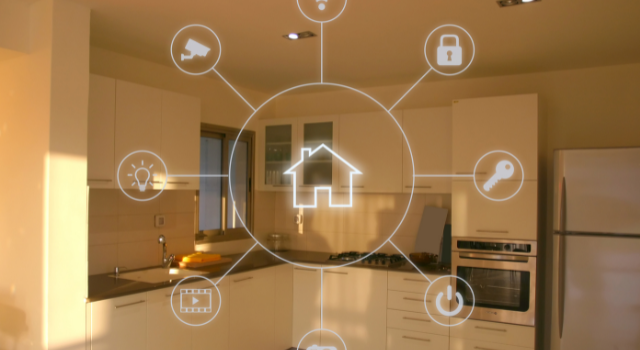
How to Integrate Z-Wave with Home Assistant
I’m going to assume that as a Home Assistant user you care about getting the best discounts and spending your hard-earned money as efficiently as possible. Well, integrating z-wave with your Home Assistant is a perfect way to help reduce your energy costs as a z-wave network uses less power than WiFi does. If you haven’t heard of either z-wave or Home Assistant before I’ll go over a brief introduction to both and then cover how to do the integration.
What is Z-Wave?
Z-wave isn’t a piece of hardware or software, but rather a communication protocol for smart home devices. Due to the way the network is configured, it has lower power requirements than WiFi and has a longer range than Bluetooth. It works by networking an Internet of Things (IoT) through a primary controller (Home Assistant, in our case) that is usually connected to the internet. It operates on a low-frequency band, so it will not interfere with 2.4Ghz or 5Ghz WiFi networks. Its communication range can be up to 328 feet, but it depends on your walls and what building materials they are made from.
What is Home Assistant?
Home Assistant is an open-source home automation software. You…
